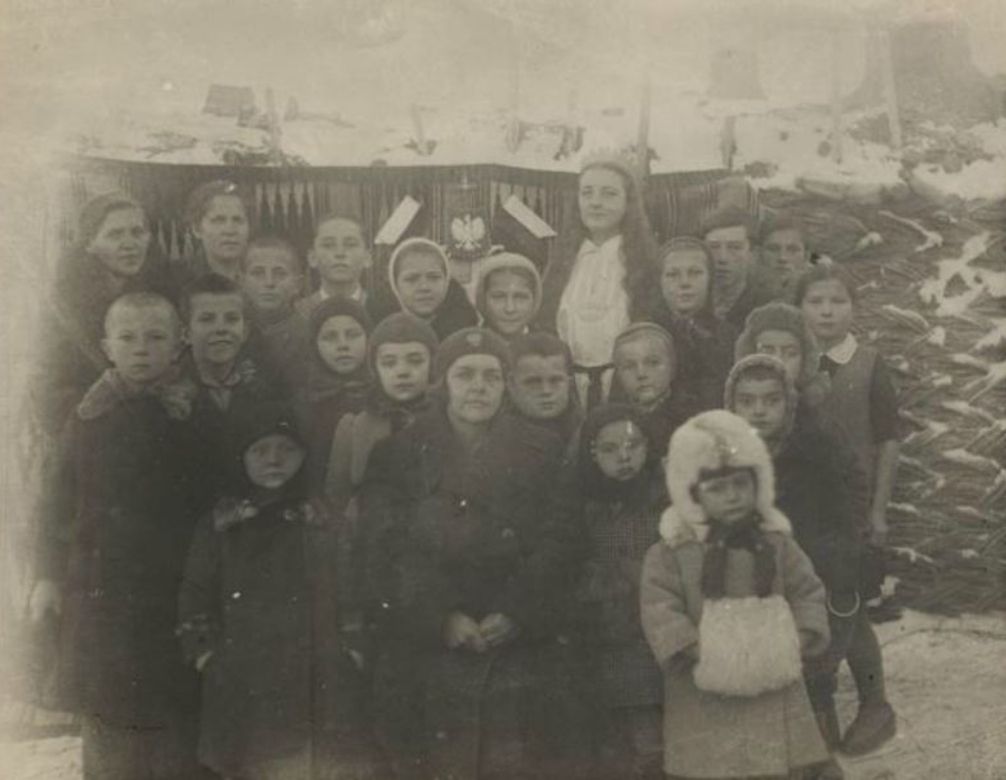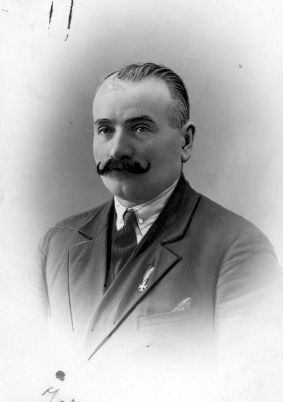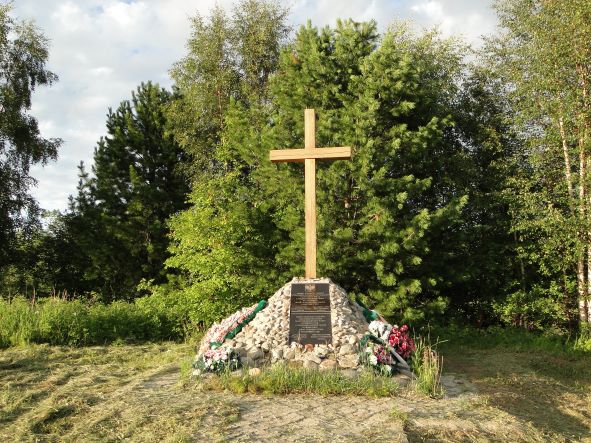The date of 11 November 1918, being the day on which Poland regained its independence, is a symbolic date. Exactly on that day, an armistice ending the First World War was concluded in a wagon in the forest of Compiègne.
Helena Grodecka-Możdżeniowa, was one of about 90,000 victims of the third great deportation, which began on 29 June 1940. Most of those deported were refugees from the German occupation, mostly Jews. Poles accounted for about 11 per cent.
On April 3,1940, the first “death transport” of Polish prisoners of war set off from the Kozelsk camp.
On 4 February 1940 (presumably!), Nikolai Yezhov, one of the cruellest perpetrators of Stalinist terror, was executed.
On 31 October 1906 Marian Malinowski set off, as he himself put it, “on a journey into the unknown at government expense.”
On the night of 6 to 7 July (24/25 June old style) 1866, 5,000 kilometres east of their homeland, a group of January insurgents sent to Baikal for penal labour stirred up a rebellion, disarmed their guards and tried to forge an escape route to Mongolia.










